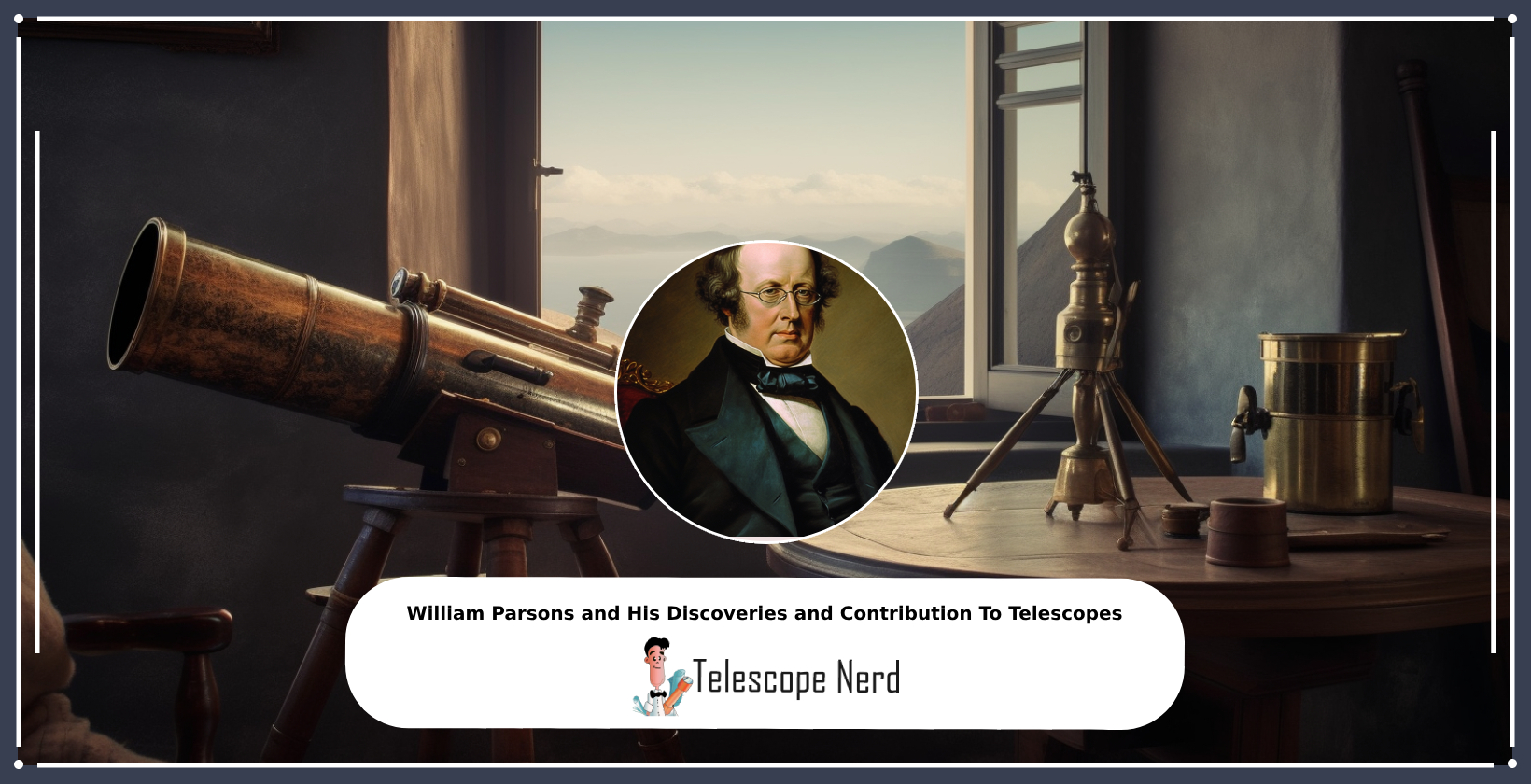William Parsons and His Discoveries and Contribution To Telescopes
William Parsons, also known as the 3rd Earl of Rosse, was an English astronomer, naturalist, and engineer who made significant contributions to the field of astronomy through his telescope discoveries. Parsons built his own telescope, the “Leviathan of Parsonstown,” which was the largest known telescope of its time with an aperture of 1.8m. Using this telescope, Parsons confirmed the spiral structure of galaxies, made detailed drawings of Mars, and observed and named the Crab Nebula. His observations of nebulae and galaxies paved the way for the field of astrophysics and the study of cosmic evolution. The Leviathan of Parsonstown had exceptional light-gathering power and resolving capabilities, with a primary mirror diameter of 83 meters. This telescope’s light-gathering power, durability, and precision engineering were its most significant attributes, allowing Parsons to make groundbreaking discoveries and observations in astronomy.
Who is William Parsons astronomer?
William Parsons, also known as the 3rd Earl of Rosse, was an English astronomer, naturalist, and engineer who was born in York, England on June 17, 1800, to Sir Lawrence Parsons, later 2nd Earl of Rosse, and Alice Lloyd. He was educated at Trinity College Dublin and Magdalen College, Oxford, graduating with first-class honours in mathematics in 1822. Parsons built several giant telescopes, including the “Leviathan of Parsonstown,” a 72-inch telescope that was the world’s largest telescope in terms of aperture size until the early 20th century. Using the Leviathan of Parsonstown, Parsons discovered and named the Crab Nebula in 1848. He was president of the Royal Society, the most important association of naturalists in the world in the nineteenth century. Parsons inherited an earldom and a large estate in King’s County (now County Offaly) in Ireland when his father died in February 1841.
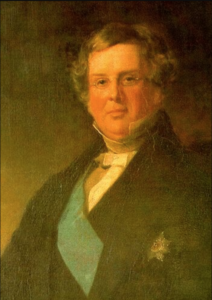
Fig 1: Lord Rosse (William Parsons) (1800 – 1867)
Did William Parsons build his own telescope?
Yes, William Parsons, the Third Earl of Rosse, built his own telescope, known as the “Leviathan of Parsonstown”. It was a reflecting telescope with an aperture of 1.8m, making it the largest known telescope of its time. Parsons began building the Leviathan in 1842 and first used it in 1845. He also improved the techniques of casting, grinding, and polishing large telescope mirrors from speculum metal and presented the details of this process to the Belfast Natural History Society in 1844.
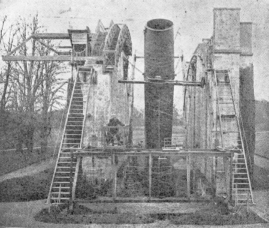
Fig 2: The 72-inch telescope at Birr Castle (The Leviathan of Parsonstown)
What did William Parsons discover with his telescope?
William Parsons, also known as the 3rd Earl of Rosse, made several significant discoveries in astronomy using his telescope, the Leviathan of Parsonstown. These discoveries greatly advanced our understanding of the universe and had a lasting scientific impact.
The most notable attributes of William Parsons’ telescope discoveries are as follows. First, his observations confirmed the spiral structure of galaxies, challenging the prevailing belief that galaxies were simply nebulous clouds. Second, he made detailed drawings of the planet Mars, which provided valuable information about its surface features. Third, he observed the Crab Nebula and the nebula left behind by the supernova observed in 1054, known today as the Crab Nebula. These observations of nebulae and galaxies paved the way for the field of astrophysics and the study of cosmic evolution.
In terms of the telescope itself, the Leviathan of Parsonstown had a primary mirror with an 83-meter diameter, which gave it exceptional light-gathering power and resolving capabilities. It was constructed using metal and glass, with a focus on durability and precision engineering.
The most significant aspect of William Parsons’ telescope discoveries is its light-gathering power, which was 100 times greater than any previous telescope. This attribute allowed Parsons to make groundbreaking discoveries and observations in astronomy, leading to new insights and advancements in the field.
Contributions on Astronomy
His biggest contribution was making the telescopes and extraordinary drawings of the celestial bodies. With his telescopes, he could observe many celestial bodies that were not seen before. He found the spiral nature of what we know today as spiral galaxies. His telescope first discovered the spiral structure of the Whirlpool Galaxy (M51). His drawing on this almost resembles the recent photographs.
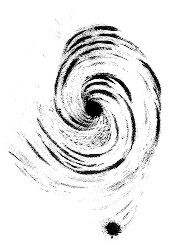
Fig 3: Lord Rosse’s drawing of M51, Whirlpool Galaxy.
This was the first spiral galaxy where he could resolve what the spiral arms were.
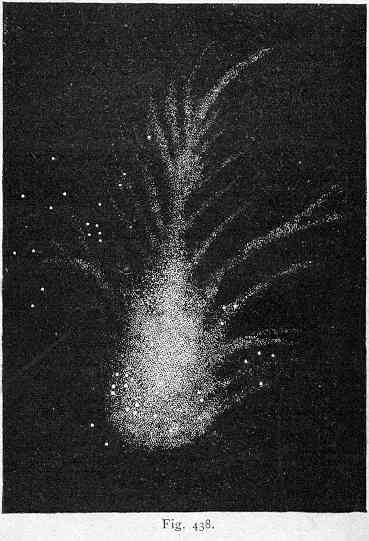
Fig 4: Lord Rosse’s drawing of M1 the Crab Nebula
He named the Crab nebula as he found that his drawing of the nebula looked like a crab. He observed this through his 36-inch telescope.
This is a drawing of M1 the Crab Nebula. You can see how it got its name! He made this drawing with a 36-inch reflector. He described that it looked like a cluster, but there was a considerable change in the look.
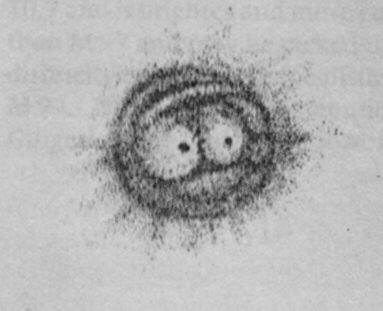
Fig 5: Lord Rosse’s drawing of M97 (the Owl Nebula)
About the Owl Nebula, he told in his report that there were two stars at the center, and the outer regions were partially shaded and dark around each spiral arm. He also attempted to analyze the nebular hypothesis.

